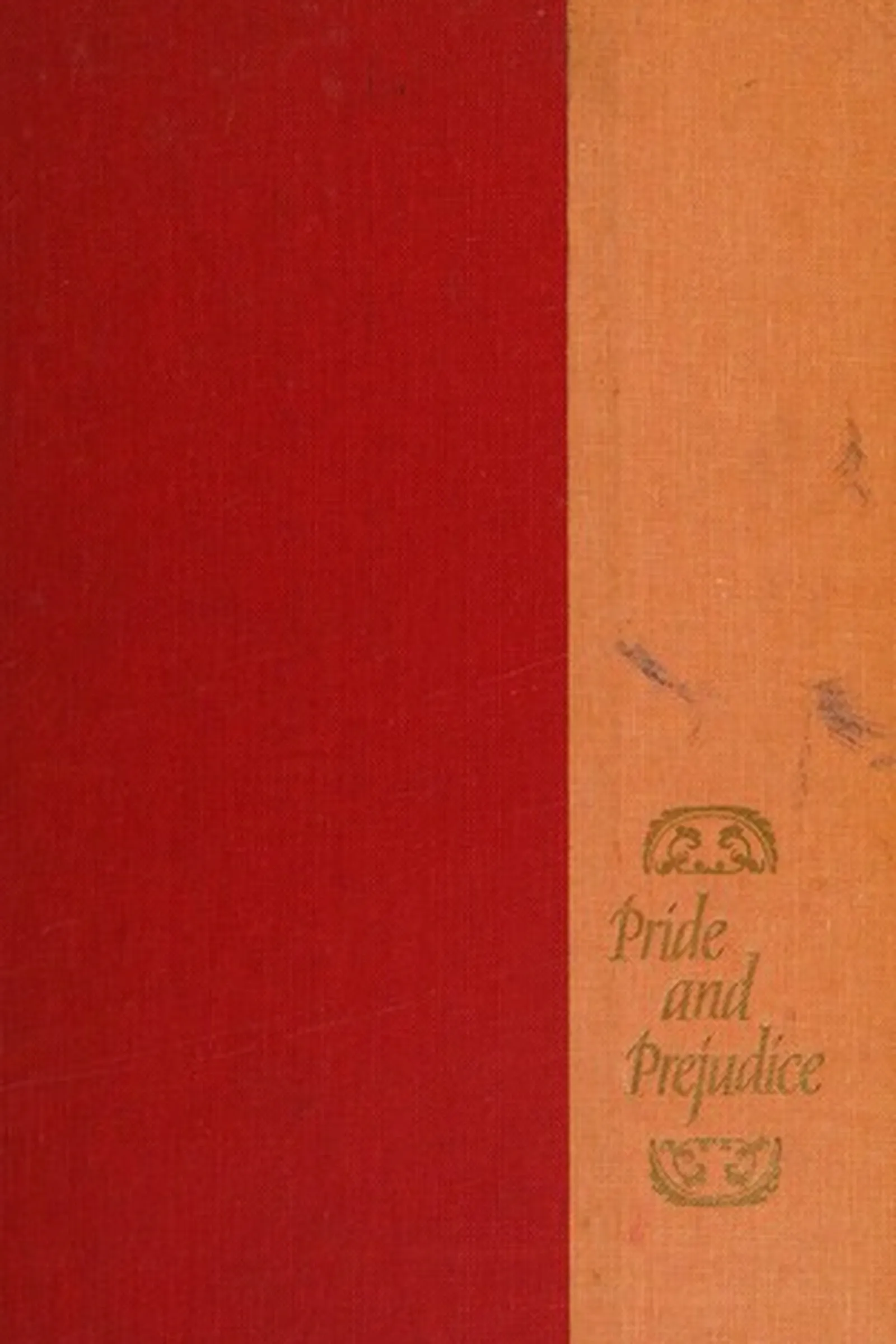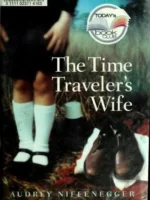Pride and Prejudice, Jane Austen, 1813
- Author: Jane Austen
- Genre: Romance
- Publisher: Penguin Classics
- Publication Year: 1813
- Pages: 279
- Format: Paperback
- Language: English
- ISBN: 978-0141439518
- Rating: 4,6 ★★★★★
Pride and Prejudice Review
About
Published in 1813, Jane Austen’s Pride and Prejudice remains one of the most beloved novels in English literature. Beneath its wit and romance lies a razor-sharp critique of class, gender, and the economics of marriage in Regency England. Austen wrote with a clarity that feels timeless—funny, unsentimental, and deeply humane. The book’s enduring appeal lies in how it makes intelligence and integrity the true measures of worth.
Overview
The story follows Elizabeth Bennet, the second of five daughters in a respectable but financially vulnerable family. When the wealthy, reserved Mr. Darcy enters her social world, misunderstandings and pride set them at odds. Around them swirl suitors, scandals, and family pressures—all driven by the era’s obsession with status and propriety. What begins as a dance of manners turns into a journey of self-knowledge: Elizabeth learns to look past first impressions, and Darcy learns humility. Their eventual union feels both romantic and moral—a victory of mutual respect over vanity and assumption.
Summary
(light spoilers) When Mr. Bingley, a rich bachelor, moves into the neighborhood, Mrs. Bennet sees hope for her daughters’ futures. Elizabeth’s quick wit and independence catch the eye of Bingley’s proud friend, Mr. Darcy, but their first encounters spark irritation rather than affection. Darcy’s initial arrogance and Elizabeth’s prejudice against him form the novel’s tension. Meanwhile, Elizabeth’s sister Jane falls for Bingley, and the reckless Lydia brings disgrace by eloping with the scheming Wickham. Over time, Elizabeth discovers Darcy’s generosity and sense of duty, especially when he quietly intervenes to save her family’s reputation. By the end, the two recognize each other’s true worth—the romance lands not as fantasy but as earned understanding. Austen closes the story with wit and balance, letting love stand beside irony.
Key Themes / Main Ideas
• Pride and self-knowledge — growth through admitting one’s blind spots.
• Class and marriage — economics disguised as romance.
• Gender and autonomy — the art of being clever within constraint.
• Appearances versus character — how judgment can both protect and mislead.
• Family — affection, embarrassment, and duty intertwined.
Strengths and Weaknesses
• Strengths — Sparkling dialogue, precise social observation, and a heroine whose intelligence still feels modern.
• Strengths — Austen’s irony never feels cruel; she balances satire with warmth.
• Weaknesses — Readers seeking high drama or overt passion may find the tone restrained; the stakes are social rather than physical.
• Weaknesses — Some side characters (Mary, Kitty) serve mainly as caricature, though even they add texture to the family portrait.
Reviewed with focus on themes, audience, and takeaways — Jane Austen
| pa_author | Jane Austen |
|---|---|
| ISBN | 978-5-469-26870-4 |
| pa_year | 2004 |
| Pages | 434 |
| Language | English |







